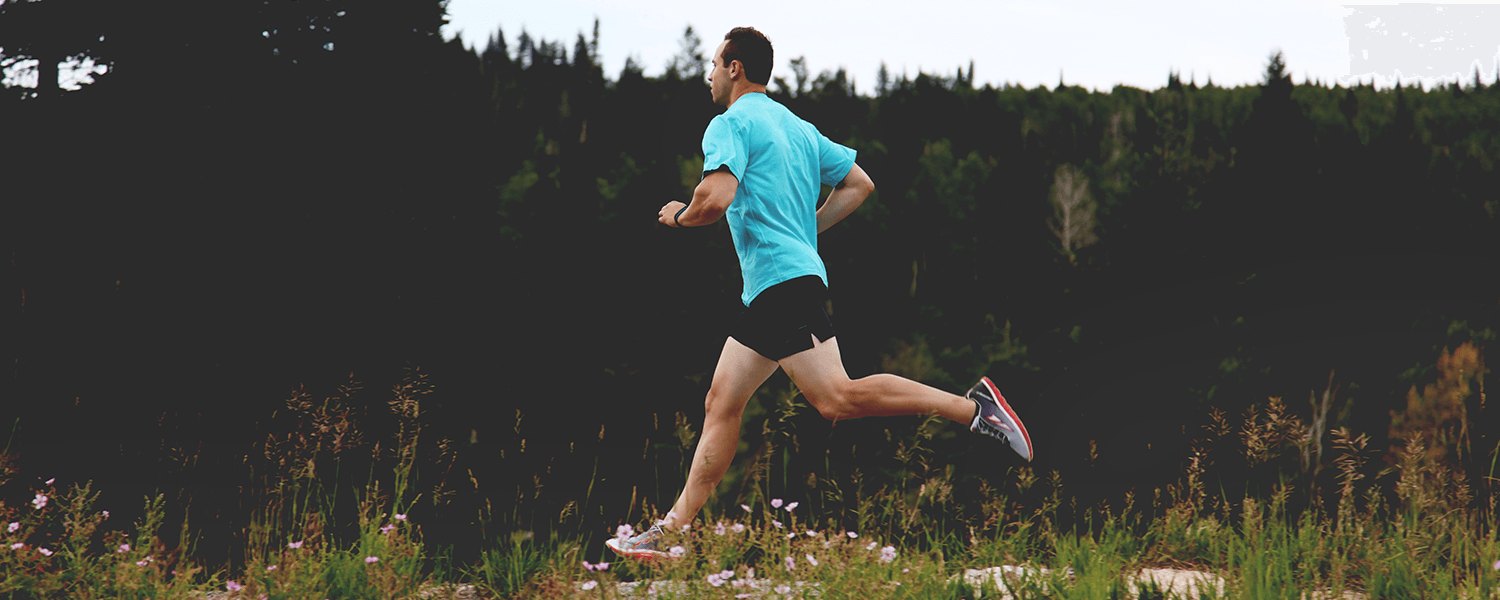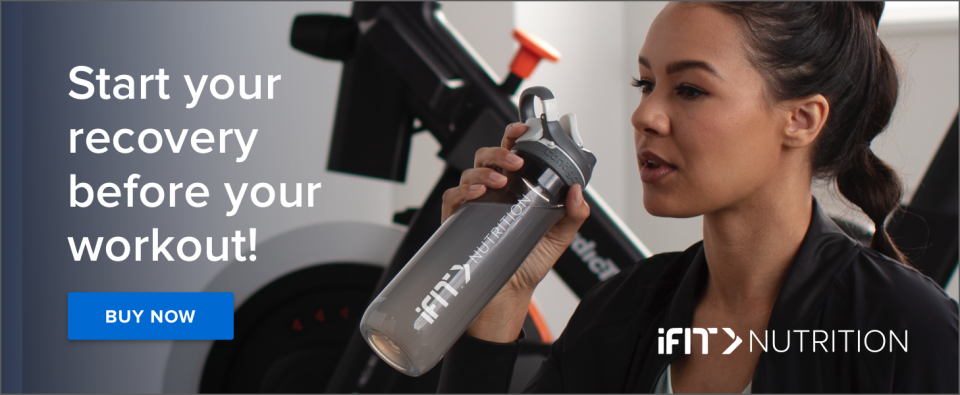
The need-to-knows for a marathoner in training
Get your nutrition right.
When it comes to fueling your body for a marathon, there’s no right or wrong answer. The simple solution is to do what works for you, and make sure it works. Focus on low fiber, low fat, high carbohydrate, and mild foods to avoid gastrointestinal issues. Be sure to eat the same breakfast you plan on eating race day the morning of a long run. Think of it as giving your breakfast a test drive.
Hydrate.
Drink up. At least 3 days before race day, be sure you’re properly hydrating and consuming enough fluids. When you’re running and training for a marathon, you’re constantly depleting your fluids. So be sure to replenish them. If you’re worried about your hydration on long runs, weigh yourself before and after your run. For every pound lost, drink 16–24 ounces1.
Progress properly.
The general rule of thumb is to make progress in increments of 10%. So be sure to not increase your weekly mileage more than 10%. This is a good way to avoid injuries like shin splints or tendonitis, and to avoid doing too much too soon.
Take it slow.
A marathon is not won in the first 5K, it’s won in the last. A huge mistake first time marathoners make is to go out too fast. Try to pace your first 3 miles to be your slowest, then try to build your speed, pass people, and gain momentum. If you start too fast, you’ll spend the rest of the race getting passed. That’s not only bad for your time, but it can be hard on an already emotionally taxing experience. Keep morale up by being the one to pass people the second half of the race.
Don’t stress.
For your first marathon, a great goal is to just finish. You never really know how 26.2 miles feels to run until you actually do it. I promise your training runs won’t feel anything like it does on race day, but that’s not necessarily a bad thing. Just listen to your body and do the best you can. Plus, you never want to get discouraged mid race because you realized your goals were unrealistic.
Sleep well.
Get some shut eye. For several days pre-race, focus on getting at least 7 hours of good, uninterrupted sleep. Your body needs a chance to prep for such an event, and sleep is a great way to do that. Training is already hard enough on your body, and you don’t need to make it harder by not getting proper rest.
Visualize.
Do what the best athletes in the world do before a race. Envision yourself succeeding. During your training runs, and even when you’re laying down before bedtime, visualize how the race will feel, what the route is, where you’ll make moves, and how you’ll keep a good attitude. Positive self talk and visualization is half the battle.
Familiarize yourself.
Don’t go into a race blind. Know where the hills are, where the finish is, and where you’ll eat, drink, and refuel. Knowing what’s coming prepares you so much more and allows you to run a much smarter race. Plan for the hills, and take advantage of the descents.
Dress for success.
A blister or chafing can ruin a race for you. It’s hard to run your best when you’re in pain, so practice running long distances in different weather conditions in the outfit you plan on racing in. Also, invest in body-glide or a similar anti-chafing balm for you body, or an anti-blister balm for your feet. Many individuals will chafe on areas like the inner thigh, underarms, or nipples, so be sure you’re prepared.
Take time to recover.
Few things are worse than post-race soreness, so don’t forget that even after the race you need to take care of yourself. A short ice bath can do wonders for sore legs, as well as foam rolling. Even taking a walk or a short run the evening after a marathon can be very beneficial, as it helps increase circulation and relieve soreness.
Becca Capell
iFit Head Trainer
Suggested Content

Portugal Marathon
Run your new PR on this flat marathon course through the iconic city of Lisbon. This gorgeous marathon is broken up into 4 mile segments. So you can either run parts of it, or run its entirety in one day. Explore everywhere from the back roads of Lisbon to the coastal highways of Portugal as you check another marathon off your bucket list.
1. Casa, D. J., Armstrong, L. E., & Hillman, S. K. (2000, June). National Athletic Trainers' Association Position Statement: Fluid Replacement for Athletes.Journal of Athletic Training, 35(1), 212-224. Retrieved October 10, 2016, from https://www.ncbi.nlm.nih.gov/pmc/articles/PMC1323420/pdf/jathtrain00002-0094.pdf.
WARNING: This post is not intended to replace the advice of a medical professional. The above information should not be used to diagnose, treat, or prevent any disease or medical condition. Please consult your doctor before making any changes to your diet, sleep methods, daily activity, or fitness routine. iFit assumes no responsibility for any personal injury or damage sustained by any recommendations, opinions, or advice given in this article.


